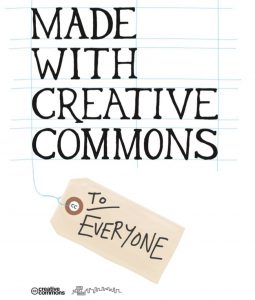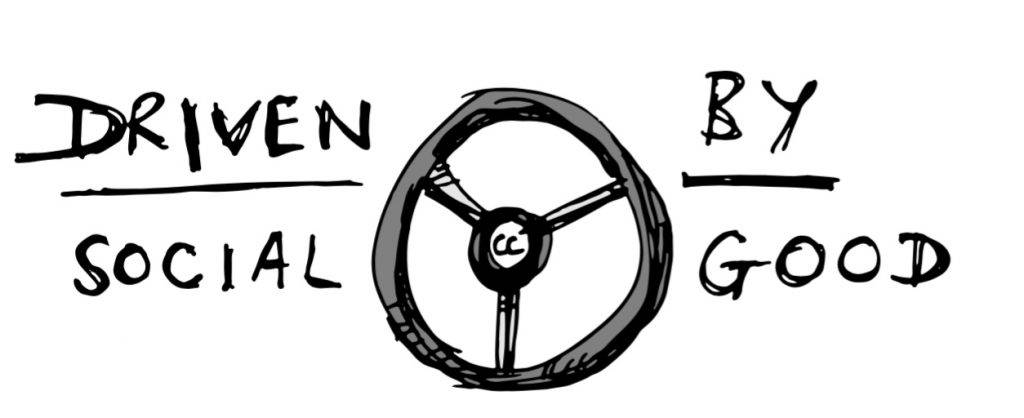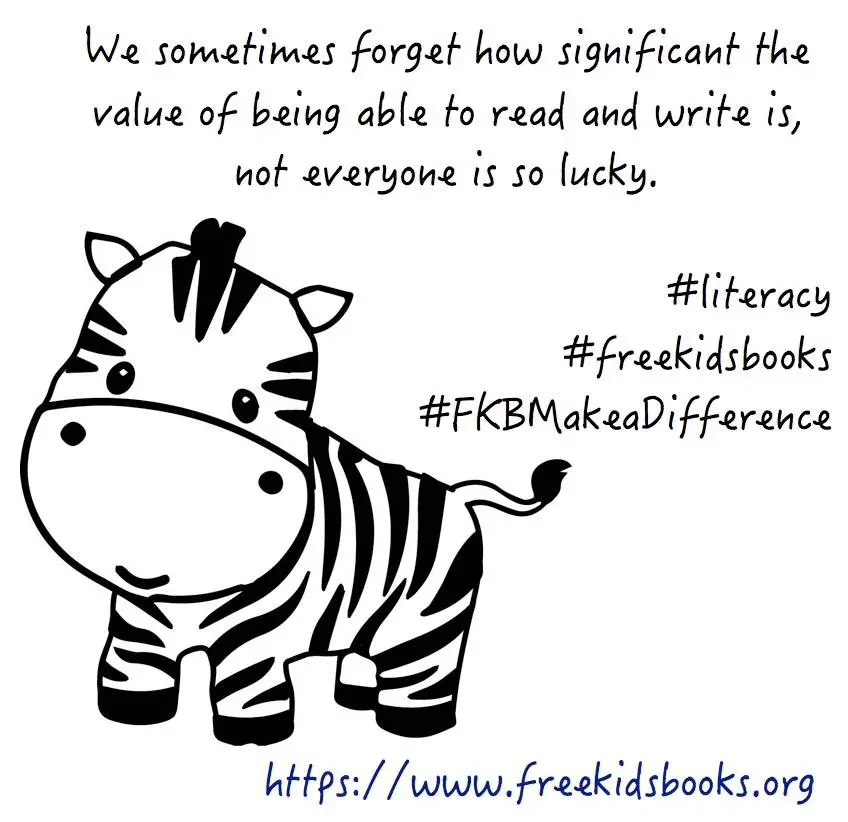 Made with Creative Commons shows the world how sharing can be good for business—but with a twist. Many creative commons artists are successful businesses or professionals (well paid writers, musicians, successful for-profit venture), but this is not why they do it.
Made with Creative Commons shows the world how sharing can be good for business—but with a twist. Many creative commons artists are successful businesses or professionals (well paid writers, musicians, successful for-profit venture), but this is not why they do it.
The artists and business men and woman in this book and many more in the creative commons share because sharing is good, plain and simple! They want the information out there and to spread. What happens after that is a gamble for them, but their love of their work and their willingness to share for the greater good is everything to them.
Here’s a few artists on FKB who share their work in creative commons:
Cory Doctorow – A successful and brilliant author and one of the worlds most renowned advocates for creative commons, all books are released in creative commons
Dave Revoy – Pepper and Carrot, a successful and very talented comic creator who shares all his work in creative commons
Sarbasst Braian – goes one step further and releases all his beautiful bunnies and friends in pubic domain, as does Matt Purland with his amazing ESL Printables
Danielle Bruckert – creator of Free Kids Books releases all her children’s books in creative commons
Introduction from Made with Creative Commons
“We began the project intending to explore how creators, organizations, and businesses make money to sustain what they do when they share their work using Creative Commons licenses. Our goal was not to identify a formula for business models that use Creative Commons but instead gather fresh ideas and dynamic examples that spark new, innovative models and help others follow suit by building on what already works. At the onset, we framed our investigation in familiar business terms. We created a blank “open business model canvas,” an interactive online tool that would help people design and analyze their business model.
Through the generous funding of Kickstart- er backers, we set about this project first by identifying and selecting a diverse group of creators, organizations, and businesses who use Creative Commons in an integral way— what we call being Made with Creative Commons We interviewed them and wrote up their stories. We analyzed what we heard and dug deep into the literature.
But as we did our research, something interesting happened. Our initial way of framing the work did not match the stories we were hearing.
Those we interviewed were not typical businesses selling to consumers and seeking to maximize pro ts and the bottom line. Instead, they were sharing to make the world a better place, creating relationships and community around the works being shared, and generating revenue not for unlimited growth but to sustain the operation.”

See all of our creative commons books here: https://freekidsbooks.org/license/creative-commons/
See more of our YA books here, and the newest ten you can see below:
[display-posts category=”young adult” include_excerpt=”true” image_size=”thumbnail” wrapper=”div” wrapper_class=”display-posts-listing grid” meta_key=”_thumbnail_id”]
Sponsored Links:
Note – if you sign up through these links, it doesn’t cost you any extra, but FKB receives a small donation, which helps us with our project to buy more FREE Hardcopies for kids who need them
All our posts are checked by Grammarly, the FREE online grammar checker (We still receive a donation even if you only sign up for the free account :-):











too long i got to page 17 and stopped it was too long.
I”m trying to break it down into smaller segments, that’s the beauty of creative commons.